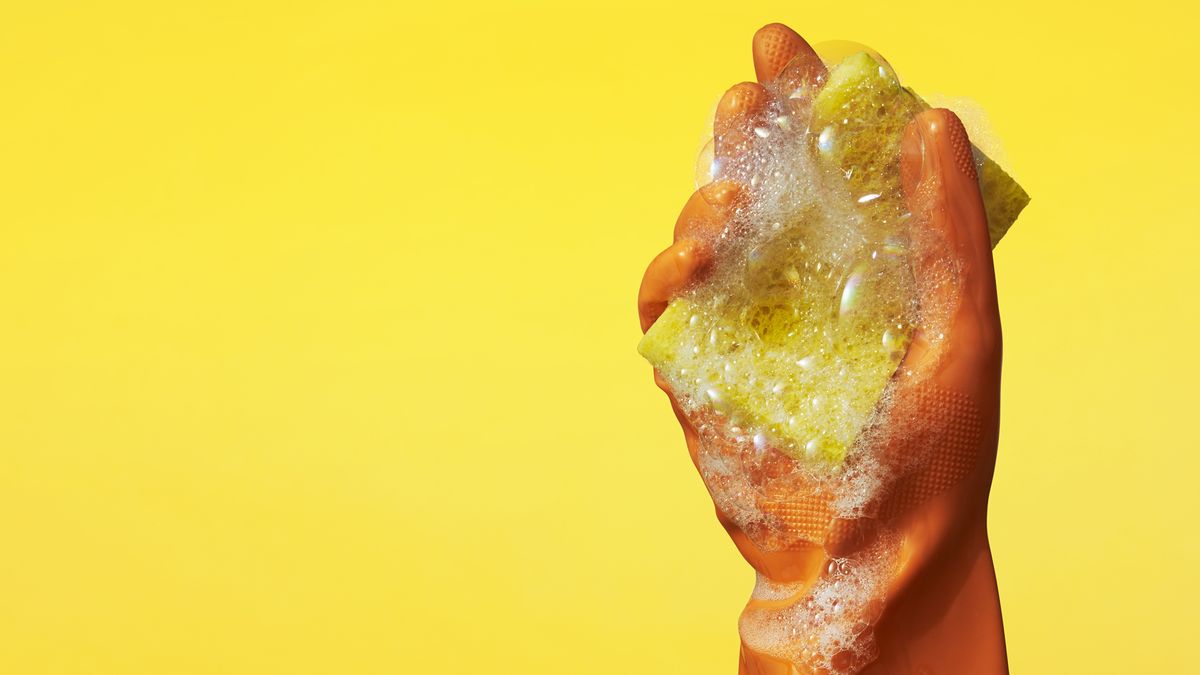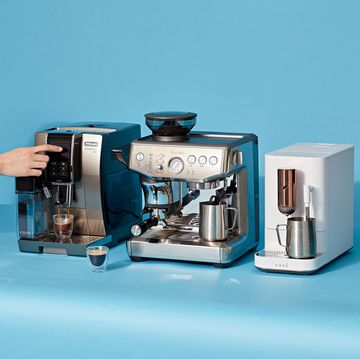Our Kitchen Lab's New Favorite Type of Espresso Machine
Automatic espresso machines grind, brew and make frothy drinks all with the press of a button.

We've been independently researching and testing products for over 120 years. If you buy through our links, we may earn a commission. Learn more about our review process.
One of the first categories I tested when I started at Good Housekeeping six years ago was espresso machine. We didn't even have a story on our website that I could update at the time — it was completely new! Now, it's one of our top-searched stories and the category has changed tremendously.
At the time, I focused on semi-automatic and automatic options: semi-automatic espresso machines grind and dose the beans for you, and then you press a button to brew it on the other side of the machine with a portafilter, while automatic options brewed it all at once. Now, more and more fully automatic espresso machines, which can even brew a cappuccino or a latte without having to froth the milk separately, have made their way to the market and I. Am. Obsessed.
In the Good Housekeeping Institute's Kitchen Appliances and Innovation Lab, my team and I have tested more than 60 espresso machines since 2019. In our tests, we assess how well and consistently each machine can brew espresso and froth a variety of milks as well as ease of use and cleanup. Here are the three fully automatic espresso machines I'd recommend the most.
Nicole (she/her) is the director of the Good Housekeeping Institute's Kitchen Appliances and Innovation Lab, where she has overseen content and testing related to kitchen and cooking appliances, tools and gear since 2019. She’s an experienced product tester and recipe creator, trained in classic culinary arts and culinary nutrition. She has worked in test kitchens for small kitchen appliance brands and national magazines, including Family Circle and Ladies’ Home Journal.
Jamie Ueda is a consumer products expert with over 17 years of experience in areas of product development and manufacturing. She has held leading roles at both mid-size consumer goods companies and one of the most notable and largest apparel brands in the world. Jamie has contributed to several of the GH Institute Labs, including Kitchen Appliances, Media and Tech, Textiles and Home Appliances. In her free time she enjoys cooking, traveling, and working out.

Readers Also Read

Lauren Graham Speaks Out on 'Gilmore Girls' Doc

'Farmer's Almanac' Fall Weather Predictions 2025

Amazon Officially Announced October Prime Day

Win All the Awards With These Pop Culture Costumes

















